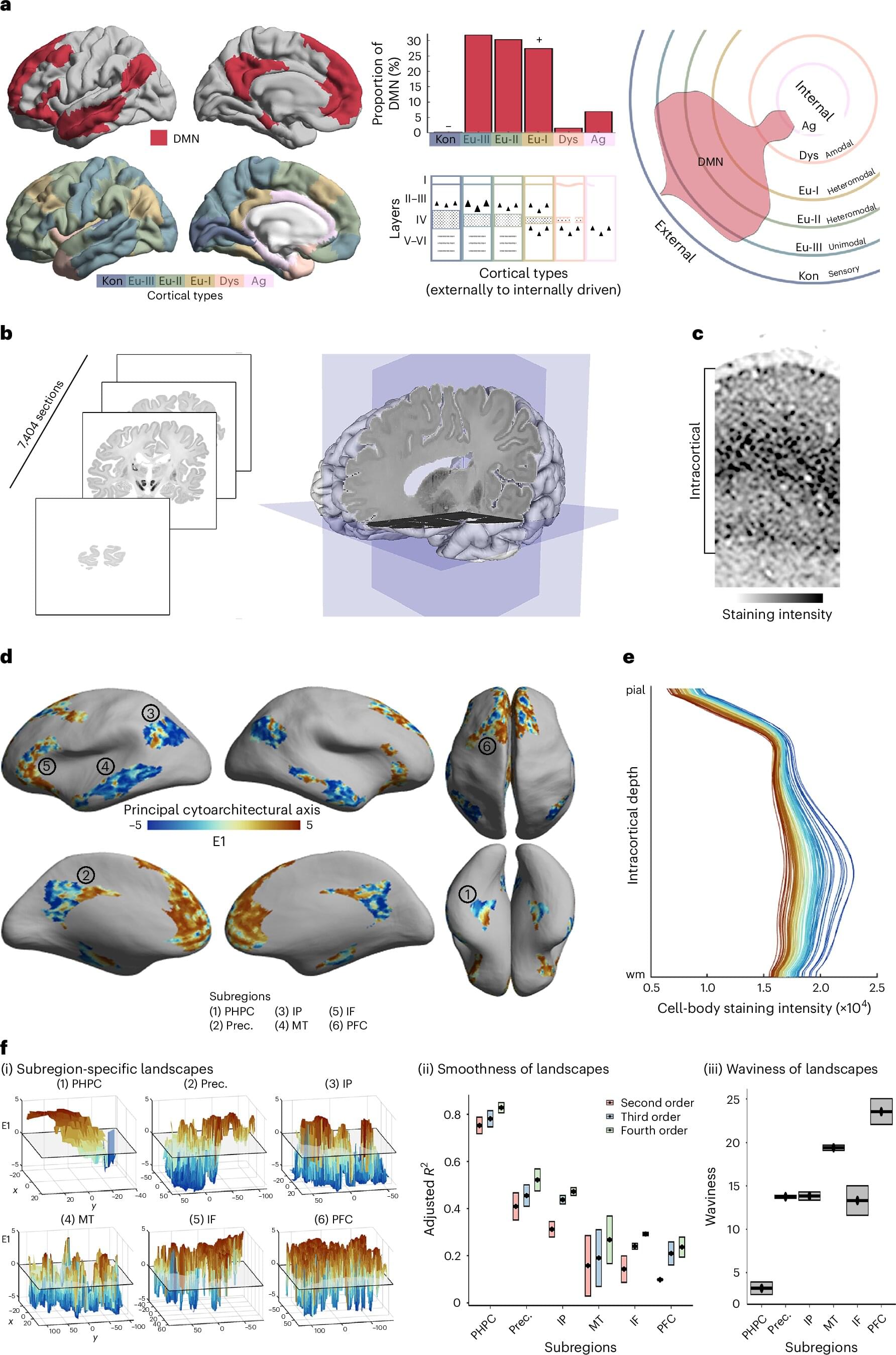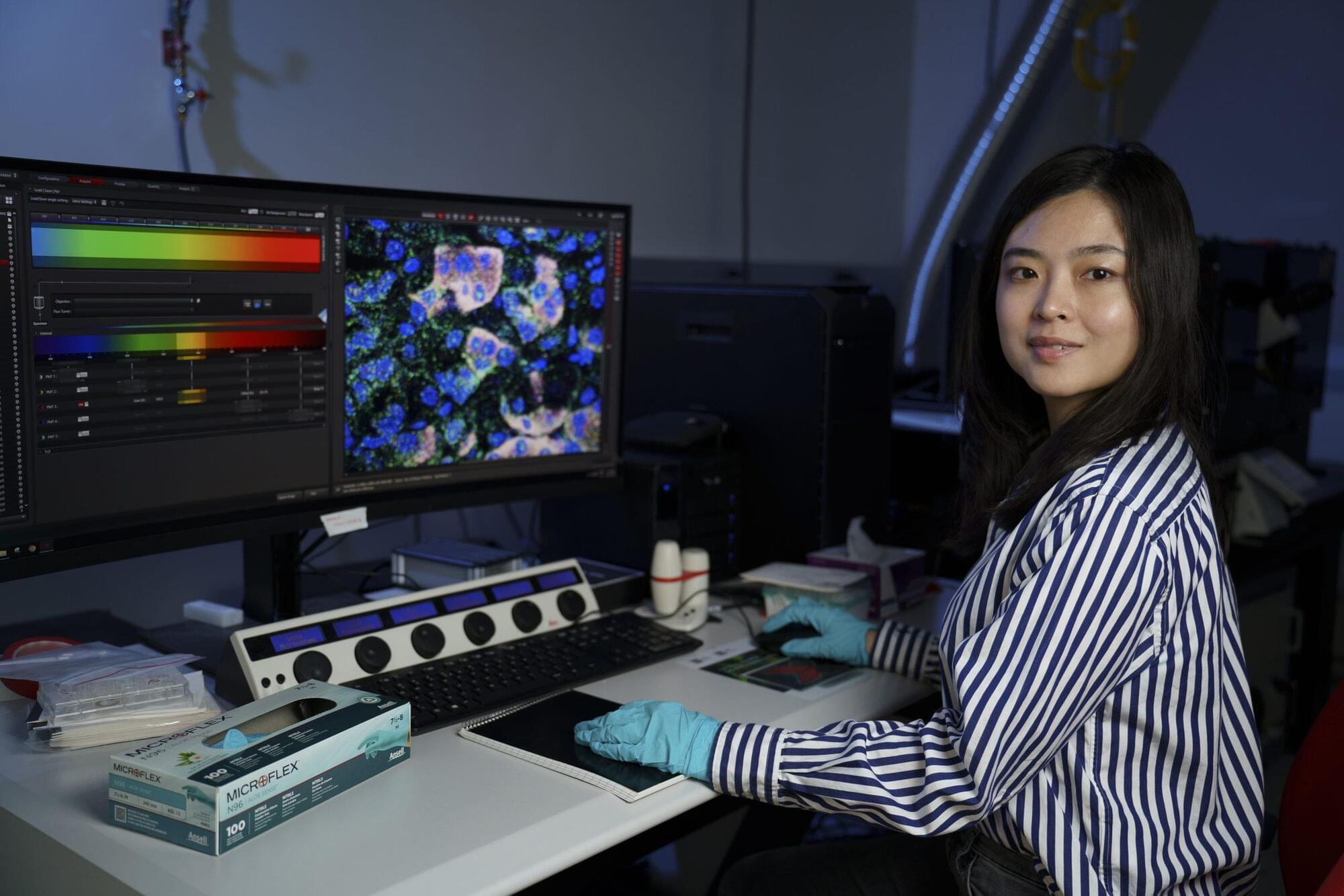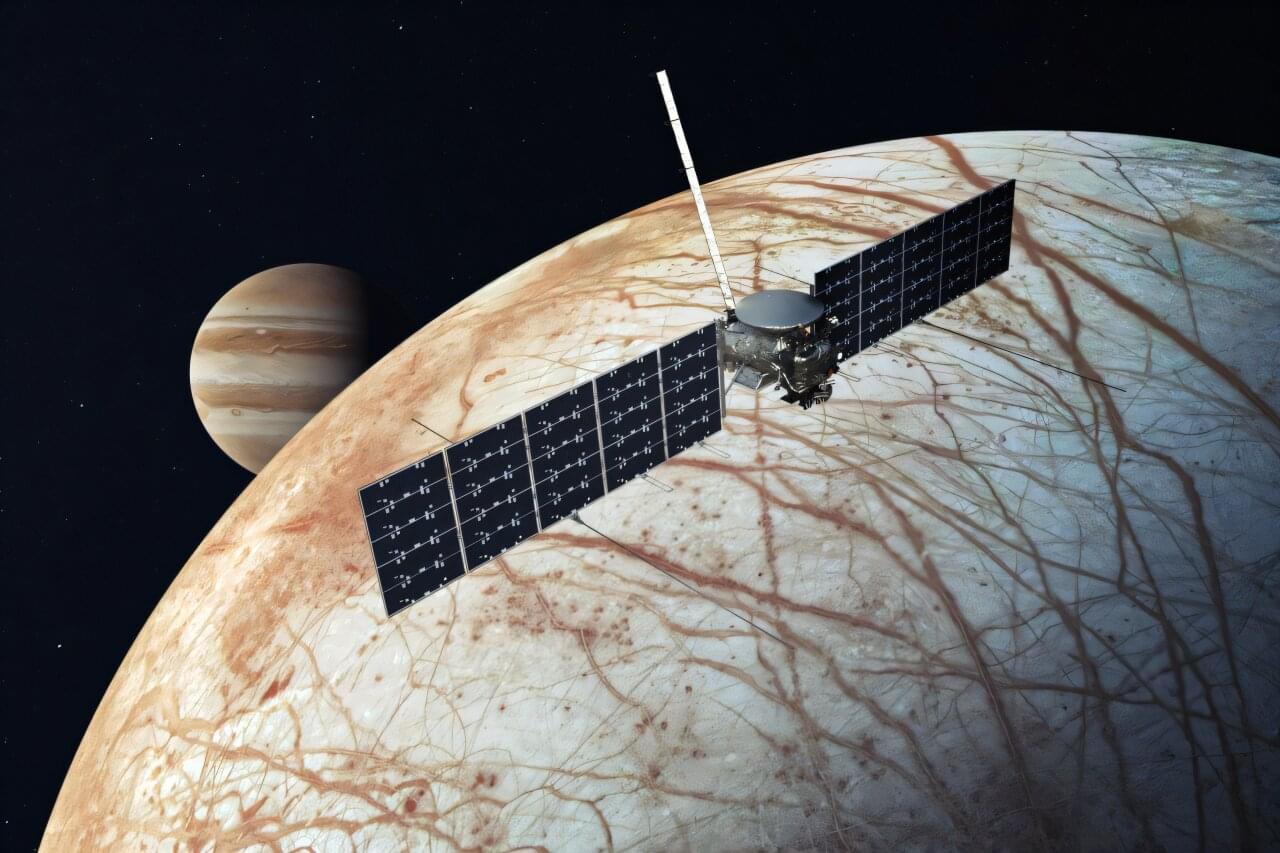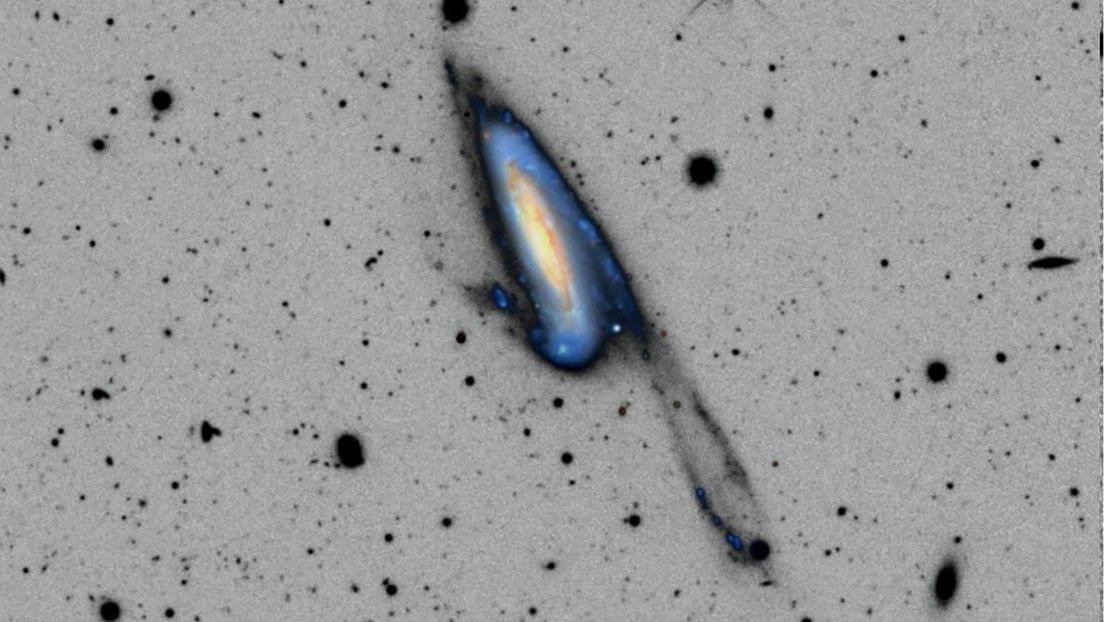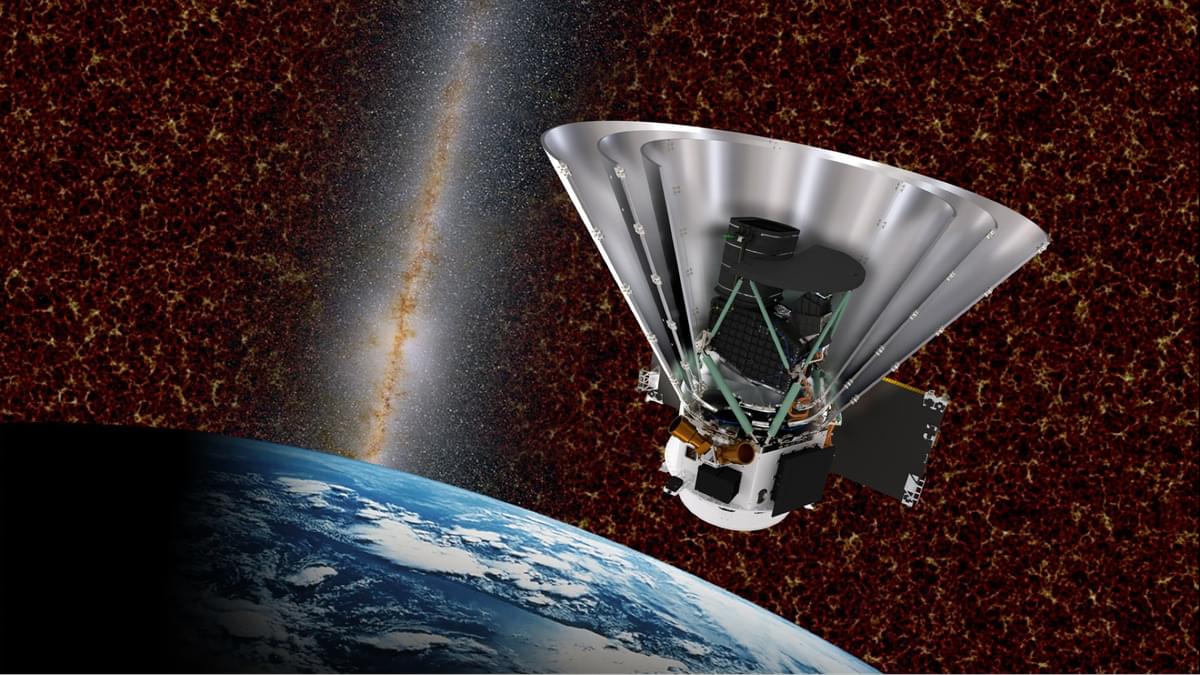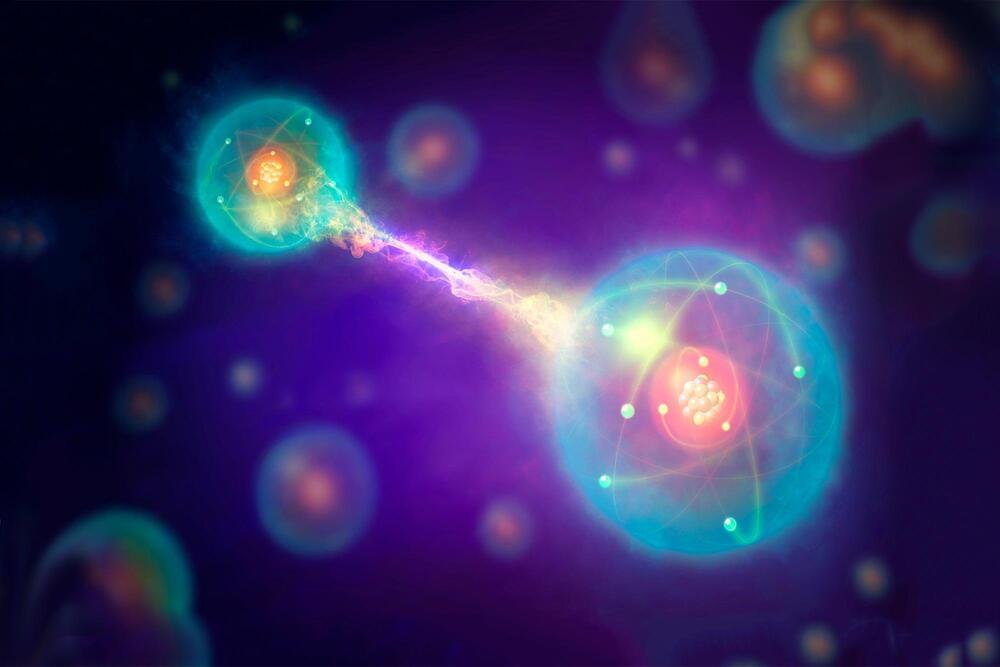The default mode network (DMN) is a set of interconnected brain regions known to be most active when humans are awake but not engaged in physical activities, such as relaxing, resting or daydreaming. This brain network has been found to support a variety of mental functions, including introspection, memories of past experiences and the ability to understand others (i.e., social cognitions).
The DMN includes four main brain regions: the medial prefrontal cortex (mPFC), the posterior cingulate cortex (PCC), the angular gyrus and the hippocampus. While several studies have explored the function of this network, its anatomical structure and contribution to information processing are not fully understood.
Researchers at McGill University, Forschungszentrum Jülich and other institutes recently carried out a study aimed at better understanding the anatomy of the DMN, specifically examining the organization of neurons in the tissue of its connected brain regions, which is known as cytoarchitecture. Their findings, published in Nature Neuroscience, offer new indications that the DMN has a widespread influence on the human brain and its associated cognitive (i.e., mental) functions.
